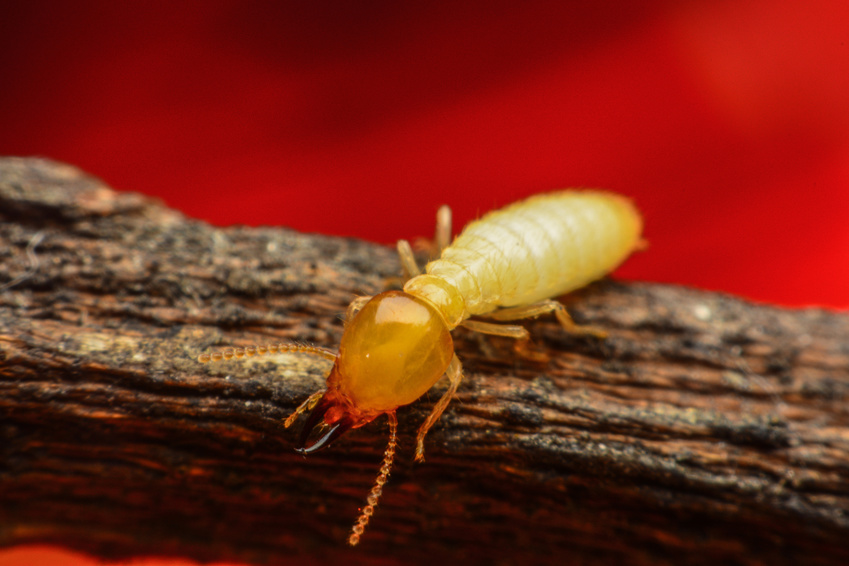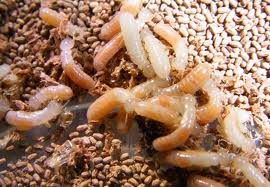
Drywood termites do not require any contact with the soil. They normally live in undecayed wood with a low moisture content, and they can tolerate dry conditions for prolonged periods.
Drywood termites tend to infest homes by gaining entry around doors, windows, soffits and attics. Once a nest matures, these termites will “swarm” every year and establish new colonies in other areas of the structure. By treating the wood, you kill existing colonies and prevent future colonies from establishing.
Drywood termites feed on wood and occasionally other cellulose materials. They eat wood in houses, utility poles, furniture, and dying trees.

Subterranean termites live in colonies underground, and nest in the soil to obtain moisture, or in wood that is often wet. They easily attack any wood in contact with the ground. If the wood does not contact the soil, they can build mud tunnels or tubes to reach several feet above the ground. These tunnels can extend for 50-60 feet to reach wood and often enter a structure through expansion joints in concrete slabs or where utilities enter the house.
Subterranean termite feeding follows the grain of the wood. Unlike drywood termites, subterranean termites do not push wood particles or pellets (fecal matter) to the outside, but rather use it in the construction of their shelter tubes.
Subterranean termites feed on wood or other items that contain cellulose, such as paper, fiberboard, and some fabrics derived from cotton or plant fibers.
